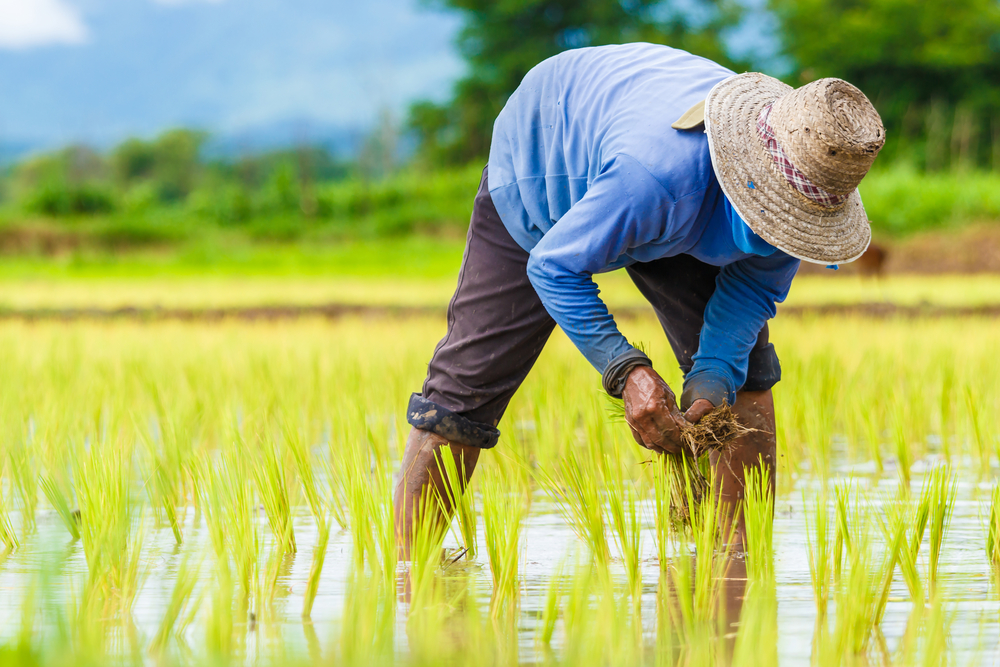Rice farming is more than just planting seeds and harvesting grains; it’s an art and science that feeds nearly half of the world’s population. For many farmers, rice is not only a staple crop but also a source of livelihood and community growth. However, getting started with rice farming can seem daunting, especially with the challenges of unpredictable weather, pests, and water management.
The good news is that with the right knowledge and techniques, rice farming can be both productive and profitable. From selecting the ideal variety to mastering irrigation and nutrient management, each step plays a crucial role in achieving high yields. Whether you’re a first-time farmer or an experienced grower looking to optimise your practices, this blog offers five essential tips to help you kick-start your rice farming journey with confidence and success.
Without further ado, let’s get started.
1. Choose the Right Rice Variety
Selecting the right variety of rice is the first step in ensuring a productive season. Rice varieties differ in growth duration, yield potential, pest resistance, and adaptability to specific conditions.
To this end, hybrid varieties such as FARO 44 and FARO 67 are the best bet as they provide increased yields, higher resistance to pests and diseases, local adaptability, and high market demand, which in turn ensures high profitability.
Pro Tip: Always source your seeds from certified Saro suppliers to guarantee quality and purity.
2. Prepare Your Land Properly
Proper land preparation is crucial for rice growth, as it ensures good water retention and weed control. Plough the field to break up soil clumps and level it to prevent waterlogging in specific areas. Similarly, ensure to set in place an efficient irrigation system to maintain optimal water levels.
Pro Tip: We recommend performing a soil test before planting to determine nutrients deficiencies and correct them accordingly.
3. Pay Close Attention to Irrigation
Rice is a water-intensive crop, making irrigation a critical aspect of farming. Here are some irrigation strategies you may want to consider:
– Flood Irrigation: Traditional but effective for flat terrains, ensuring uniform water coverage.
– Drip Irrigation: Suitable for water-scarce areas, conserving water while keeping the soil moist.
Pro Tip: For rice, it is good practice to maintain water depth between 5–10 cm during the vegetative stage for optimal growth.
4. Be Ready for Prompt Control of Weeds and other Pests
Weeds and pests can severely affect rice yields if not managed properly. Use pre-emergence crop protection products like Pendigold to prevent weeds from germinating or post-emergence options like Select Gold, Actrox or Nominee Gold to effectively control weeds after they begin appearing.
Insecticides like Fipro and Fungicides like Blue Snow are equally necessary crop protection options to protect your crops from insect pests and microbes, respectively.
Pro Tip: We recommend scouting your field regularly to identify pest infestations early in order to take immediate action.
5. Focus on Nutrient Management
Rice is a heavy feeder, requiring balanced nutrients for vigorous growth and high yields. Nitrogen (N), Phosphorus (P), and Potassium (K), Zinc and Sulfur are essential nutrients required in different quantities during tillering and panicle initiation stages to improve output and preserve grain quality.
This nutrient requirement further drives home the importance of incorporating fertilizer usage. We recommend a combination of organic and synthetic fertilizers for sustained soil health.
Pro Tip: Apply fertilizers based on soil test results to avoid wastage and maximize productivity.
For staying till the end of the blog, here’s a bonus tip:
Timing is crucial!
Yes, planting at the right time is very critical in rice farming. In rain-fed regions, sow immediately after the first rains. For irrigated fields, align planting with water availability. For more details or personalized advice, feel free to reach out to us via any of our social media channels. We are always eager to help.
In conclusion,
While starting a rice farming venture can indeed be challenging, following these five essential tips will equip you for a successful season. By selecting the right variety, preparing your land properly, mastering irrigation, managing weeds and pests, and ensuring optimal nutrient application, you can achieve higher yields and profitability.
Happy farming!

Leave a Reply